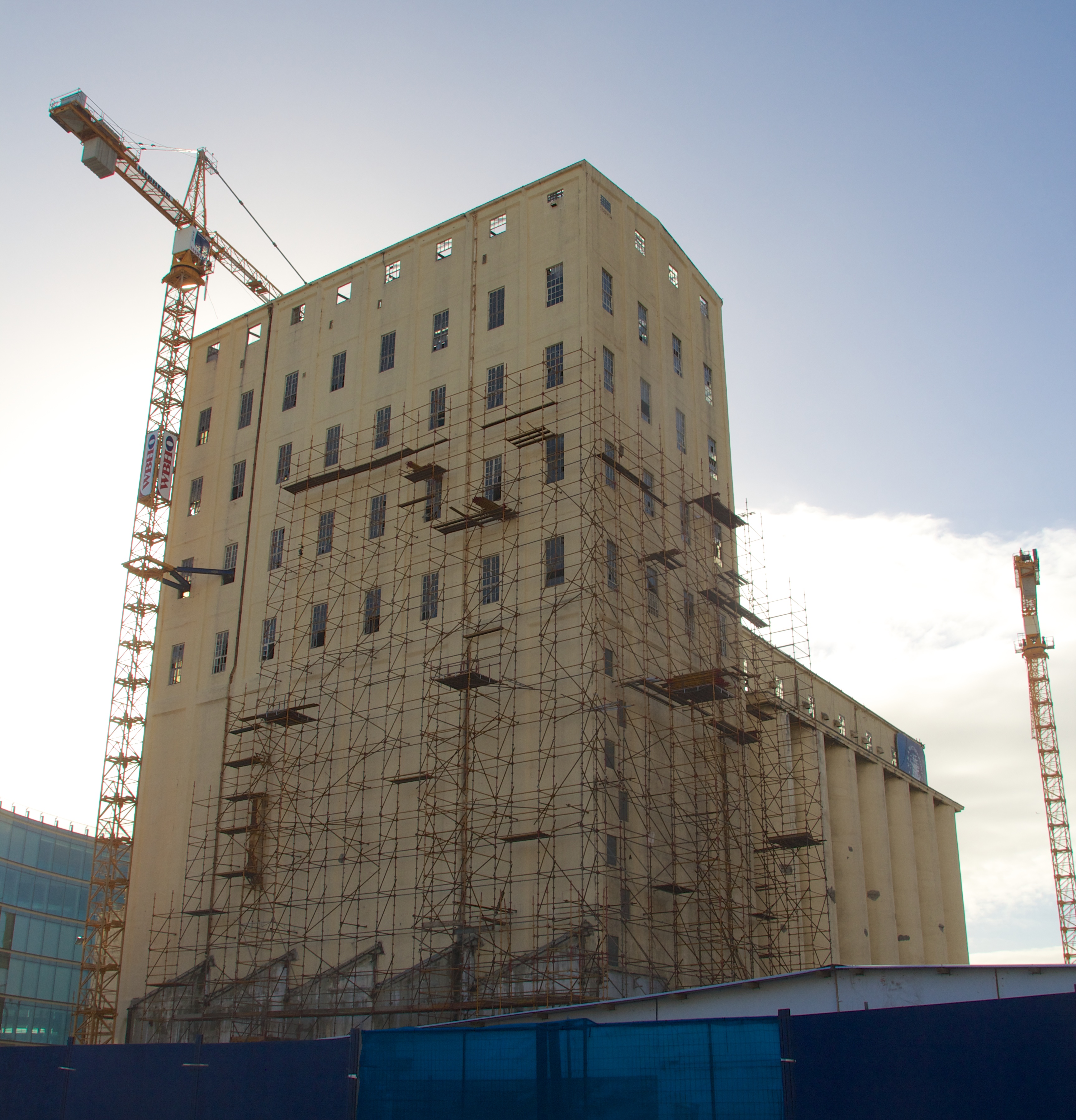|
Cyrus Kabiru
Cyrus Kabiru (born ) is a Kenyan visual artist. He is known for his sculptural eyewear made of found objects, and is part of the Afrofuturism cultural movement. He is a self taught artist. Biography Cyrus Kabiru was born on in Nairobi, Kenya. He is known for his sculptural eyewear made of found objects. By using found objects Kabiru gives a new life to the old materials, and the work deals with topics like transformation and imagination of the future. After creating his sculptures, he photographs them as self-portraits. Kabiru's art practice intersects sculpture, craftsmanship, photography, design and fashion. Notable solo exhibitions by Kabiru include ''Upcoming'' (2010) Kuona Trust, Nairobi, Kenya; ''Cyrus Kabiru'' (2011) Kunstpodium T Gallery, Tilburg, Netherlands; and ''C-Stunners & Black Mamba'' (2015) SMAC Gallery, Cape Town, South Africa. His works are in museum collections, including: Studio Museum Harlem, and the Metropolitan Museum of Art. See also * List of Ke ... [...More Info...] [...Related Items...] OR: [Wikipedia] [Google] [Baidu] |
Nairobi
Nairobi ( ) is the capital and largest city of Kenya. The name is derived from the Maasai phrase ''Enkare Nairobi'', which translates to "place of cool waters", a reference to the Nairobi River which flows through the city. The city proper had a population of 4,397,073 in the 2019 census, while the metropolitan area has a projected population in 2022 of 10.8 million. The city is commonly referred to as the Green City in the Sun. Nairobi was founded in 1899 by colonial authorities in British East Africa, as a rail depot on the Uganda - Kenya Railway.Roger S. Greenway, Timothy M. Monsma, ''Cities: missions' new frontier'', (Baker Book House: 1989), p.163. The town quickly grew to replace Mombasa as the capital of Kenya in 1907. After independence in 1963, Nairobi became the capital of the Republic of Kenya. During Kenya's colonial period, the city became a centre for the colony's coffee, tea and sisal industry. The city lies in the south central part of Kenya, at an elevation ... [...More Info...] [...Related Items...] OR: [Wikipedia] [Google] [Baidu] |
Kenya
) , national_anthem = "Ee Mungu Nguvu Yetu"() , image_map = , map_caption = , image_map2 = , capital = Nairobi , coordinates = , largest_city = Nairobi , official_languages = Constitution (2009) Art. 7 ational, official and other languages"(1) The national language of the Republic is Swahili. (2) The official languages of the Republic are Swahili and English. (3) The State shall–-–- (a) promote and protect the diversity of language of the people of Kenya; and (b) promote the development and use of indigenous languages, Kenyan Sign language, Braille and other communication formats and technologies accessible to persons with disabilities." , languages_type = National language , languages = Swahili , ethnic_groups = , ethnic_groups_year = 2019 census , religion = , religion_year = 2019 census , demonym = ... [...More Info...] [...Related Items...] OR: [Wikipedia] [Google] [Baidu] |
Afrofuturism
Afrofuturism is a cultural aesthetic, and philosophy of science and history that explores the intersection of the African diaspora culture with science and technology. It addresses themes and concerns of the African diaspora through technoculture and speculative fiction, encompassing a range of media and artists with a shared interest in envisioning black futures that stem from Afro-diasporic experiences. While Afrofuturism is most commonly associated with science fiction, it can also encompass other speculative genres such as fantasy, alternate history, and magic realism. The term was coined by Mark Dery, an American Cultural critic in 1993 and explored in the late 1990s through conversations led by Alondra Nelson. Ytasha L. Womack, writer of ''Afrofuturism: The World of Black Sci-Fi and Fantasy Culture'', defines it as "an intersection of imagination, technology, the future and liberation". She also follows up with a quote by the curator Ingrid LaFleur who defines it as ... [...More Info...] [...Related Items...] OR: [Wikipedia] [Google] [Baidu] |
Niños Marroquíes En Visita Guiada Por El MACAAL 01 .
{{disambiguation ...
Niños is the Spanish word for children. The term may also refer to: *The '' Niños Héroes'', six famous soldiers during the Mexican-American War. *'' Juego de Niños'', a Mexican horror film Horror is a film genre that seeks to elicit fear or disgust in its audience for entertainment purposes. Horror films often explore dark subject matter and may deal with transgressive topics or themes. Broad elements include monsters, apoca ... [...More Info...] [...Related Items...] OR: [Wikipedia] [Google] [Baidu] |
Zeitz MOCAA
Zeitz Museum of Contemporary Art Africa (Zeitz MOCAA) is a public non-profit museum in Cape Town, South Africa. Zeitz MOCAA opened on September 22, 2017 as the largest museum of contemporary art from Africa and its diaspora. The museum is located in the Silo District at the Victoria & Alfred Waterfront in Cape Town. A retail and hospitality property, the Waterfront receives around 24 million local and international visitors per year. The museum’s galleries feature temporary exhibitions and a permanent collection. The institution also includes the Centre for Art Education, a Fellowship program, Atelier artist residency, a retail shop, rooftop restaurant and a coffee shop. Leadership Zeitz MOCAA founders are Jochen Zeitz and the V&A Waterfront led by David Green, current Zeitz MOCAA co-chairs. As of 2021, the Board of Trustees includes Jochen Zeitz, David Green, Kate Garwood-Zeitz, Jonathan Bloch, Jody Allen, Atose Aguele, Hasnaine Yavarhoussen, Gasant Orrie as Legal Adviso ... [...More Info...] [...Related Items...] OR: [Wikipedia] [Google] [Baidu] |


